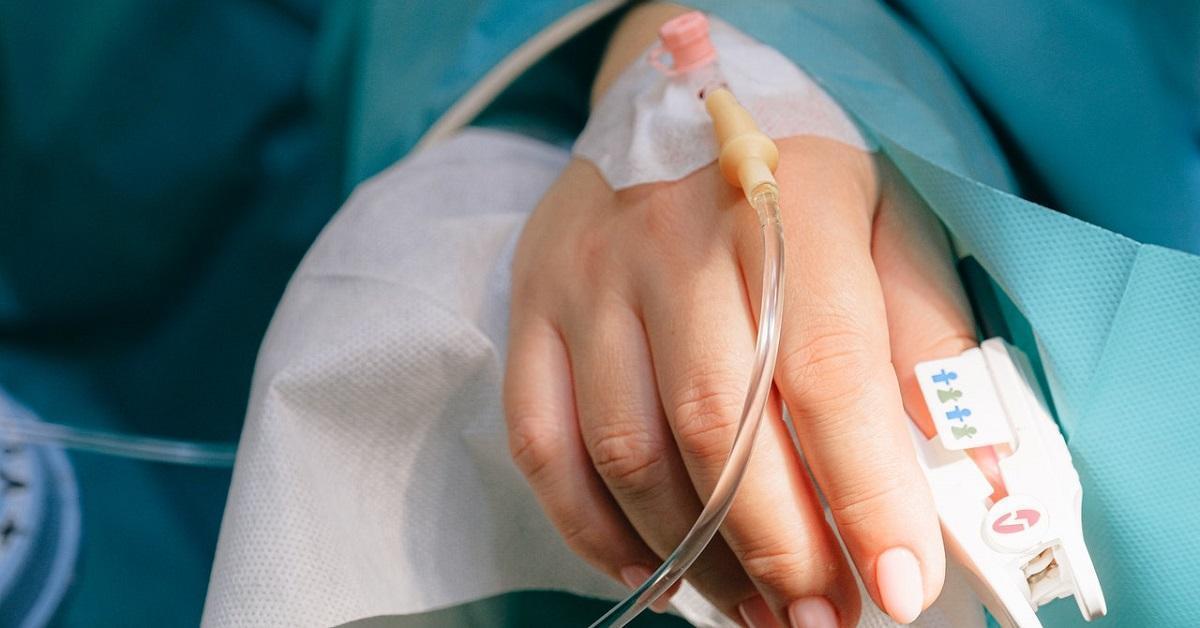
Sepsis is a life-threatening condition that occurs when an infection triggers your immune system to overreact. Consequently, it damages your organs and tissues. It cannot be spread from one person to another. The condition is also known as septicaemia or blood poisoning. Keep reading to learn more about the signs of sepsis and how to successfully treat it.
What are the signs of sepsis?
It is sometimes difficult to detect sepsis because it can manifest in many ways and has vague symptoms. The symptoms can be similar to those of other conditions, like the flu or a chest infection.
Call 111 if either you, your child, or someone you are taking care of:
- Feels unwell or something is very wrong
- Has not urinated all day (for adults and older children) or in the last 12 hours (for babies and small children)
- Keep vomiting and cannot consume food or milk (Infants and young children)
- Have a swollen, red, or painful cut or wound
- Heats or cools rapidly, feels hot or cold to the touch, or shivers
If you are uncertain whether it is sepsis, it is still advisable to call 111. If you need medical attention, they can arrange to have a nurse or doctor call you or call an ambulance.
What are the signs of sepsis and how does it begin?
There are three stages of sepsis:
- Sepsis – An infection enters your bloodstream and leads to inflammation.
- Severe sepsis – As a result of the infection and inflammation, organ function is affected.
- Septic shock – Septic shock results in a significant decrease in blood pressure following sepsis. There are many serious complications that may result, including organ dysfunction, respiratory or heart failure, stroke and even possible death.
In addition to occurring in hospitals, sepsis can occur anywhere. Some infections can lead to sepsis even if you are not aware of them.

Signs of Sepsis can be especially hard to detect in:
- Babies and young children
- Individuals with dementia
- People with a learning disability
- Anyone who has a communication problem
Who is at risk of getting sepsis?
Anyone who has an infection can contract sepsis.
However, some individuals are vulnerable to getting an infection that could result in sepsis. For instance:
- Babies under 1, especially those born early (prematurely) or whose mothers had infections during pregnancy.
- People above 75 years.
- Diabetic people.
- Individuals with a compromised immune system, for example, those undergoing chemotherapy treatment or who had an organ transplant not long ago.
- Anyone who recently had surgery or has a severe illness.
- Women who recently gave birth, had a miscarriage or had an abortion.
Tips for preventing infections
Sepsis is not always preventable. However, to prevent infections that can cause sepsis, you can take certain steps. These include:
- Be updated with vaccines, especially for babies, children, the elderly, and pregnant women.
- Clean and take care of any wounds.
- Follow the directions when taking antibiotics.
- Take all your prescribed antibiotics, even after you start feeling well.
- Clean your hands and teach children how to wash them regularly.
Treatment for sepsis
Since sepsis gets worse very quickly, you should seek medical attention right away. As soon as you arrive at the hospital, you should be given antibiotics.
It is important to treat sepsis as soon as possible to avoid septic shock and organ failure. This can be life-threatening.
Depending on your symptoms, you may require additional tests or treatments, such as:
- Hospitalisation in an intensive care unit
- A machine to assist you with breathing (ventilator)
- Surgery to remove the infected areas
You may have to stay in the hospital for a few weeks.
Sepsis recovery
Most individuals make a complete recovery from sepsis. However, it can take time.
Symptoms may persist both physically and emotionally and can last for months or even years.
These chronic effects are sometimes known as post-sepsis syndrome, and can include:
- Fatigue, weakness, and sleeping problems
- Loss of appetite
- Getting unwell frequently
- Mood changes, anxiety or depression
- Nightmares or flashbacks
- Post-traumatic stress disorder (PTSD)

Post-sepsis Syndrome Treatment
It’s usually normal for post-sepsis syndrome symptoms to resolve on their own. However, this can take time.
As a result of long-term effects, you can do the following:
- During the recovery process, ask your employer about possible changes to your working hours or conditions.
- Strengthen your muscles and build energy with some gentle, easy exercises.
- Try some tips that may improve your sleep.
- Work on measures to assist in preventing future infections.
- For survivors of sepsis, the Sepsis Trust offers support, or you can contact your pharmacist or GP.
- If you don’t feel like eating much, eat little and regularly.
Get in touch with us now to learn more about Sepsis.
Contact Us Your Nearest Pharmacy
This blog post was written on behalf of Cadham Pharmacy by Pharmacy Mentor.




